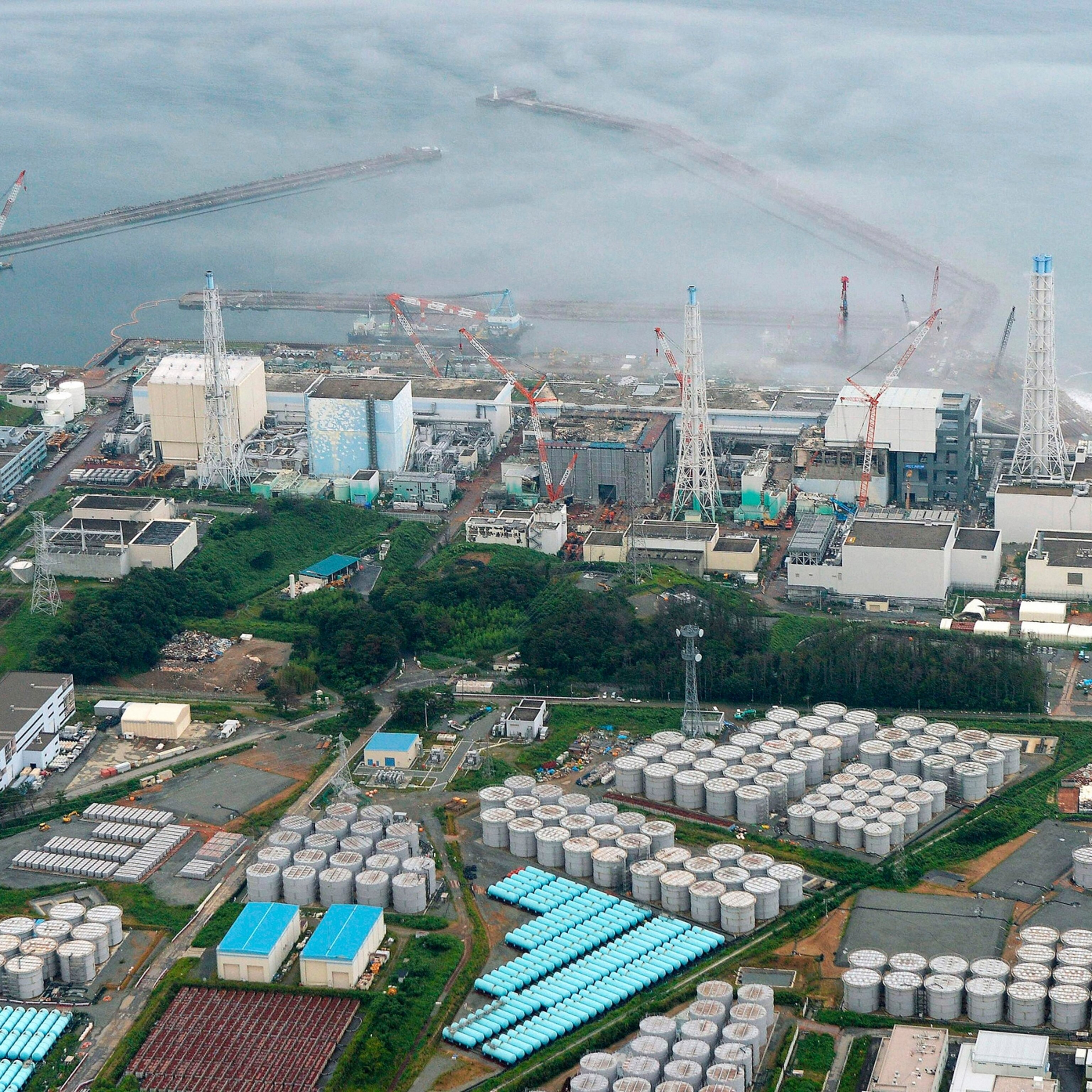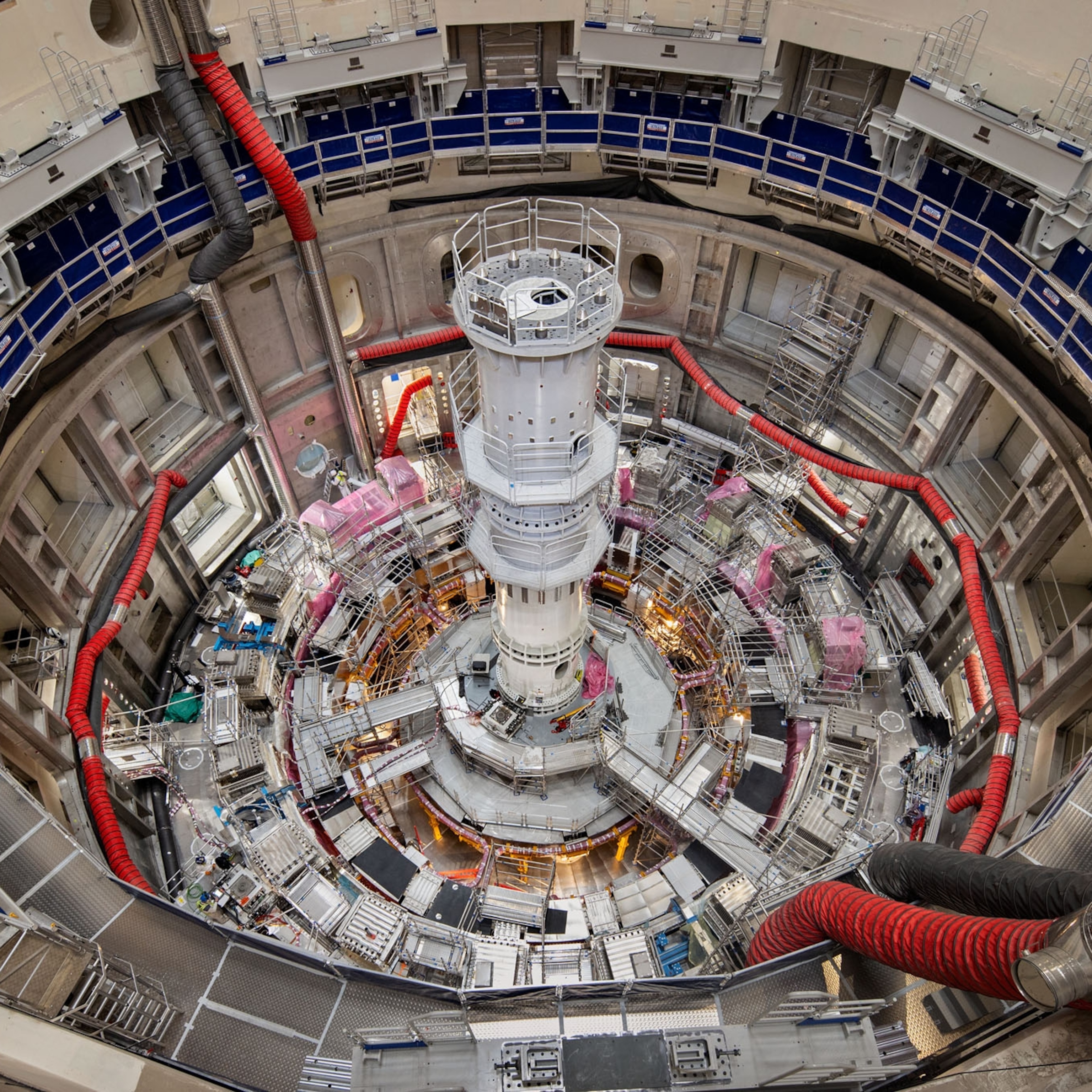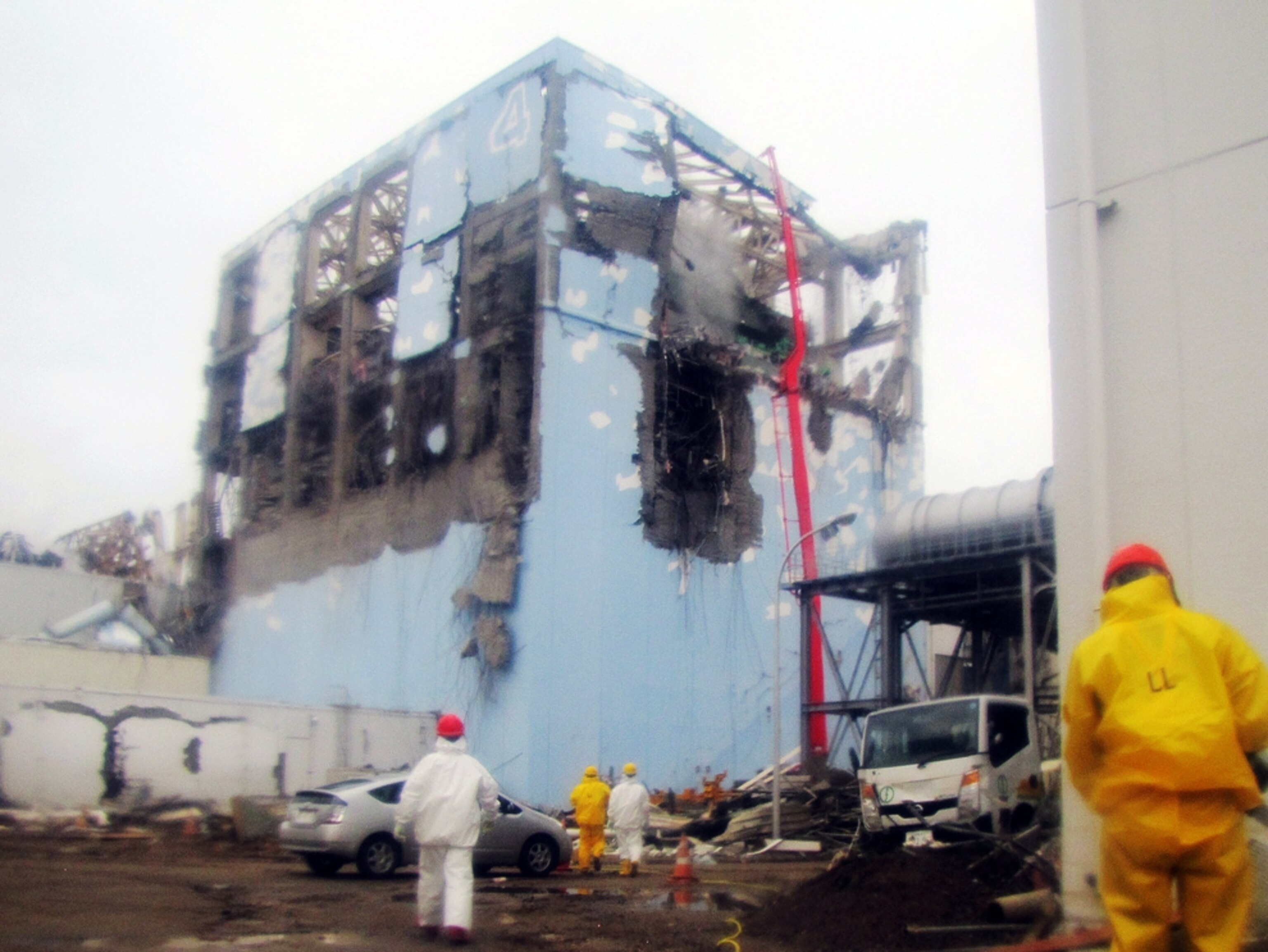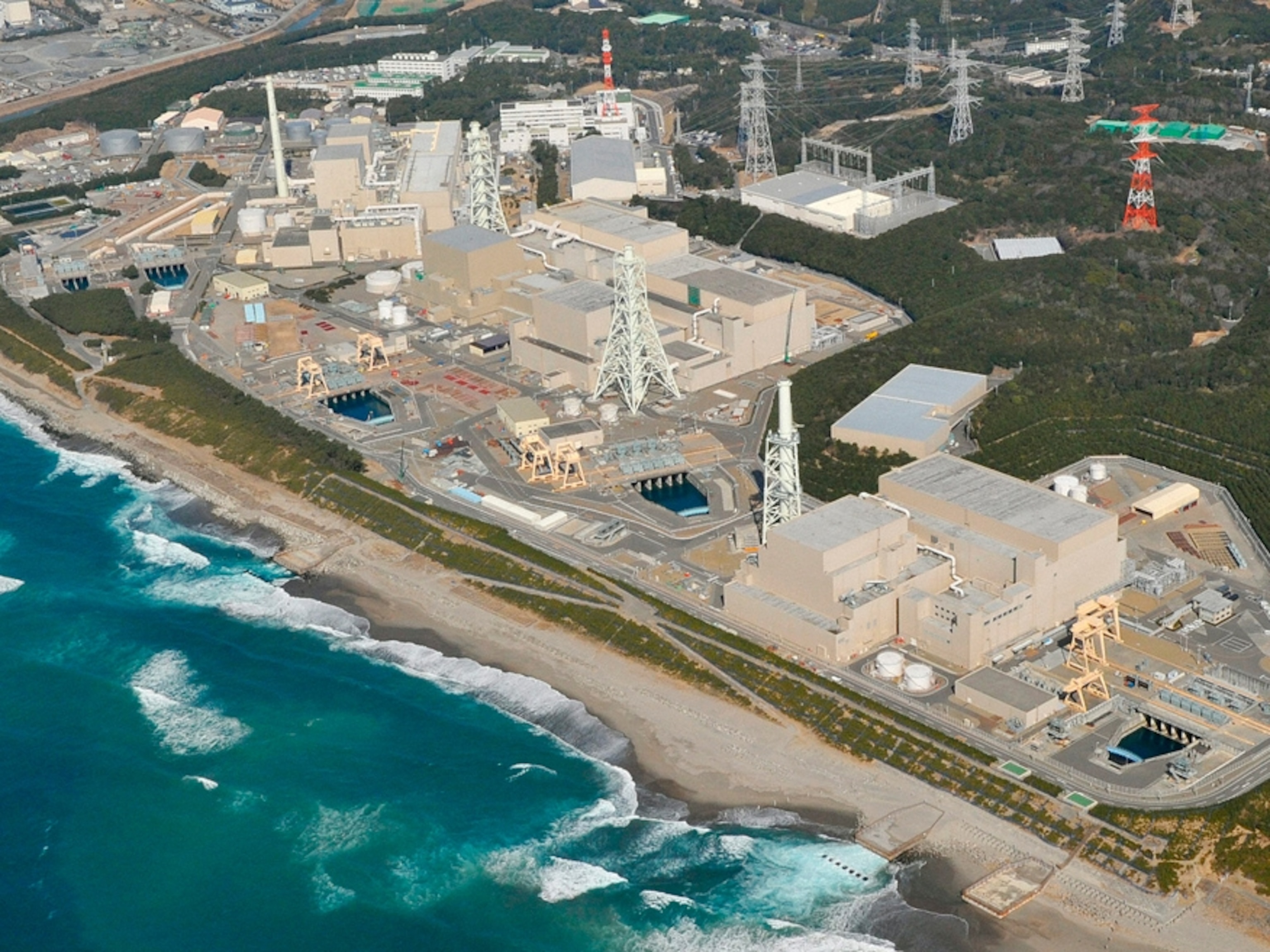
Can an Ice Wall Stop Radioactive Water Leaks from Fukushima?
Efforts to contain an ever-growing volume of contaminated water at the crippled nuclear plant have failed. Experts say a frozen barrier might be the solution.
As contaminated groundwater continues to flow from Japan's crippled Fukushima Daiichi plant into the Pacific Ocean, the Japanese government has come up with a last-ditch solution that sounds like something out of the HBO fantasy series Game of Thrones: An underground wall of ice that would stop the radioactive leakage.
Multiple efforts by plant operator Tokyo Electric Power Company to halt the daily flow of 300 tons—nearly 72,000 gallons—of radioactive water from the plant into the ocean have failed. (See related story: "Fukushima Radioactive Water Leak: What You Should Know.") At a Tokyo press conference, Japanese Chief Cabinet Secretary Yoshihide Suga made the frozen containment, whose cost could reach 50 billion yen (about $410 million), sound like an edgy, exotic final resort for stopping the leakage from the plant's stricken reactor buildings, which were severely damaged by a March 2011 earthquake and tsunami that knocked out their cooling systems. "There is no precedent in the world to create a water-shielding wall with frozen soil on such a large scale," Suga told reporters. "To build that, I think the state has to move a step further to support its realization." (See related Pictures: The Nuclear Cleanup Struggle at Fukushima.")
To many people, the concept of an ice wall might sound almost too bizarre to be believable. The plan, initially proposed by Japanese construction company Kajima Corporation. and approved by a government panel in late May, reportedly calls for engineers to sink an array of vertical pipes into the ground around the buildings housing reactors 1 through 4. According to experts in ground-freezing technology, several large refrigerator units—the sort used to cool hockey arenas—would chill coolant that would circulate through the pipes, gradually lowering the temperature of the wet soil around them to subzero temperatures. In about two months, the soil would solidify and form a frozen barrier that would block water from flowing into the plant, and prevent already contaminated water inside it from reaching the ocean. (See related photos: "A Rare Look Inside Fukushima Daiichi.")
But fantastic as the ice wall seems, experts say the technology has been used extensively in the mining and construction industries for many years, and that it has been proven to be both durable and effective in stopping underground water movement. And while it hasn't been used previously at a nuclear power plant, they're confident that it will work—provided the project is designed and built properly. (See related photos: "Japan's Reactors Before And After.")

"If you want to create a barrier to water flow, this is an excellent technique to use," explained Ed Yarmak, president of Arctic Foundations, an Anchorage, Alaska-based company that has been designing and building frozen soil containments since the early 1970s. If the bottom of the reactor buildings is sealed as well, "You're pretty much making the plant into an island. The groundwater coming down from the mountains will just go around it."
Dan Mageau, vice president and design engineer for SoilFreeze, a Seattle, Washington-based construction firm that specializes in creating ice walls, said that such barriers are far less permeable than clay containments or soil injected with chemical hardeners—other technologies that have been tried at Fukushima without success. He said that while a frozen soil barrier won't completely stop the massive flow of groundwater into the plant, which has been estimated at 400 tons (nearly 96,000 gallons) per day, it will reduce it to a negligible amount that can be easily managed with other measures.
"Structurally, [ice walls] are very stable," Mageau added. In mining and construction, he explained, frozen soil barriers have been used for many years to shore up mine shafts or foundations of structures while they are being erected.
But while ice walls are often designed to be used for only a few months or years, such frozen barriers also can be built to last a long time. Joe Sopko, director of ground freezing for Rockaway, New Jersey-based construction and engineering firm Moretrench, said that underground propane storage pits encased by ice walls have lasted for 30 to 40 years.
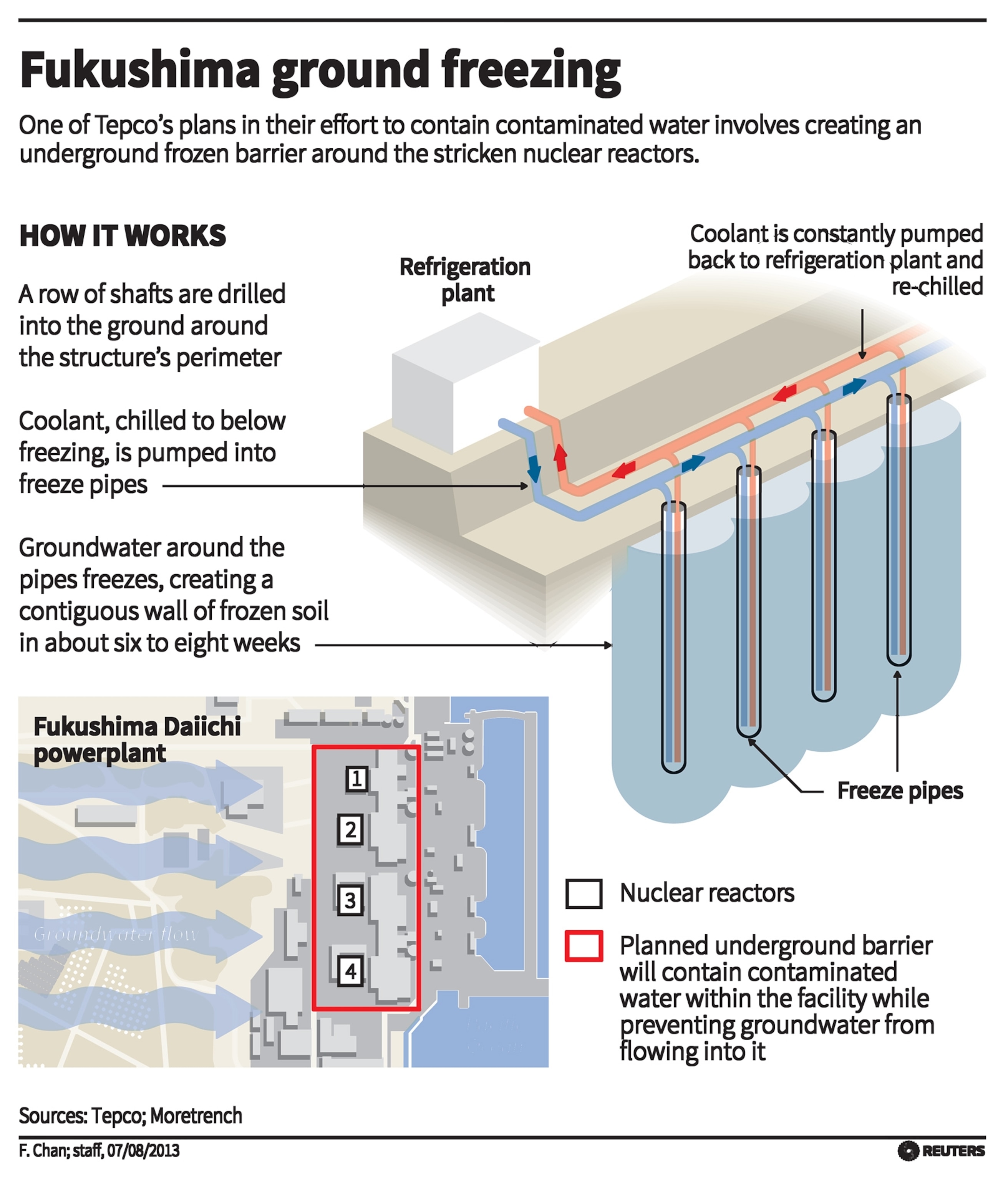
Detailed plans for Fukushima's ice wall haven't yet been unveiled, but Yarmak estimates that it would probably be a little less than a mile in length and extend about 65 feet beneath the surface. While that would make it one of the biggest ice walls ever constructed, there is some precedent. In the 1990s, Sopko helped design and build a 2.5-mile-long frozen barrier around the Aquarius gold mine in Ontario, Canada. That system was completed, but after gold prices unexpectedly plummeted during construction, it was never deployed, Sopko said. (See related, "One Year After Fukushima, Japan Faces Shortages of Energy, Trust.")
While Fukushima would be the first use of an ice wall around a nuclear plant, there is evidence that such a barrier would be effective in keeping radioactive contamination from spreading. In the early 1960s, the U.S. Atomic Energy Commission successfully used naturally occurring frozen soil in Alaska to contain thousands of pounds of radioactive waste. In the late 1990s, Yarmak helped build a demonstration project for the U.S. Department of Energy at Oak Ridge National Laboratory in Tennessee, in which a frozen barrier was used to contain a pond of soil contaminated with radiation. The DOE noted in a report that the method was effective in isolating the pond, and Yarmak said the agency opted to continue using it after the experimental trial was over. Tennessee environmental regulators found that the level of radioactive material in a nearby creek dropped significantly after the barrier was built. While that project was much smaller than Fukushima's would be—it was about 300 feet long and extended 75 feet into the ground—Yarmak is confident that the idea would work on a larger scale.
The ground freezing experts say that Fukushima probably doesn't present any unusual technical challenges. "I've had problems on jobs, usually related to groundwater velocity," Sopko said. "But the water is only moving 10 centimeters per day at Fukushima, which is easy to manage. If it was 100 centimeters per day, that would make things more complicated."
One potentially worrisome issue is the amount of electrical power that such a large ice wall would require to stay cold and solid. Bernd Braun, consultant on ground freezing projects in the Dallas-Fort Worth area, told Bloomberg Businessweek that Fukushima's ice wall probably would require about 9.8 megawatts of power to maintain. That's enough electricity to supply about 3,300 Japanese households, the publication calculated.
Experts offered another important caveat, one that will have special relevance in quake-prone Japan. While ice walls are a proven technology, they require careful design and construction. SoilFreeze's Mageau said it would be crucial to include plenty of backup capability in the design, including additional refrigeration units.
This story is part of a special series that explores energy issues. For more, visit The Great Energy Challenge.


